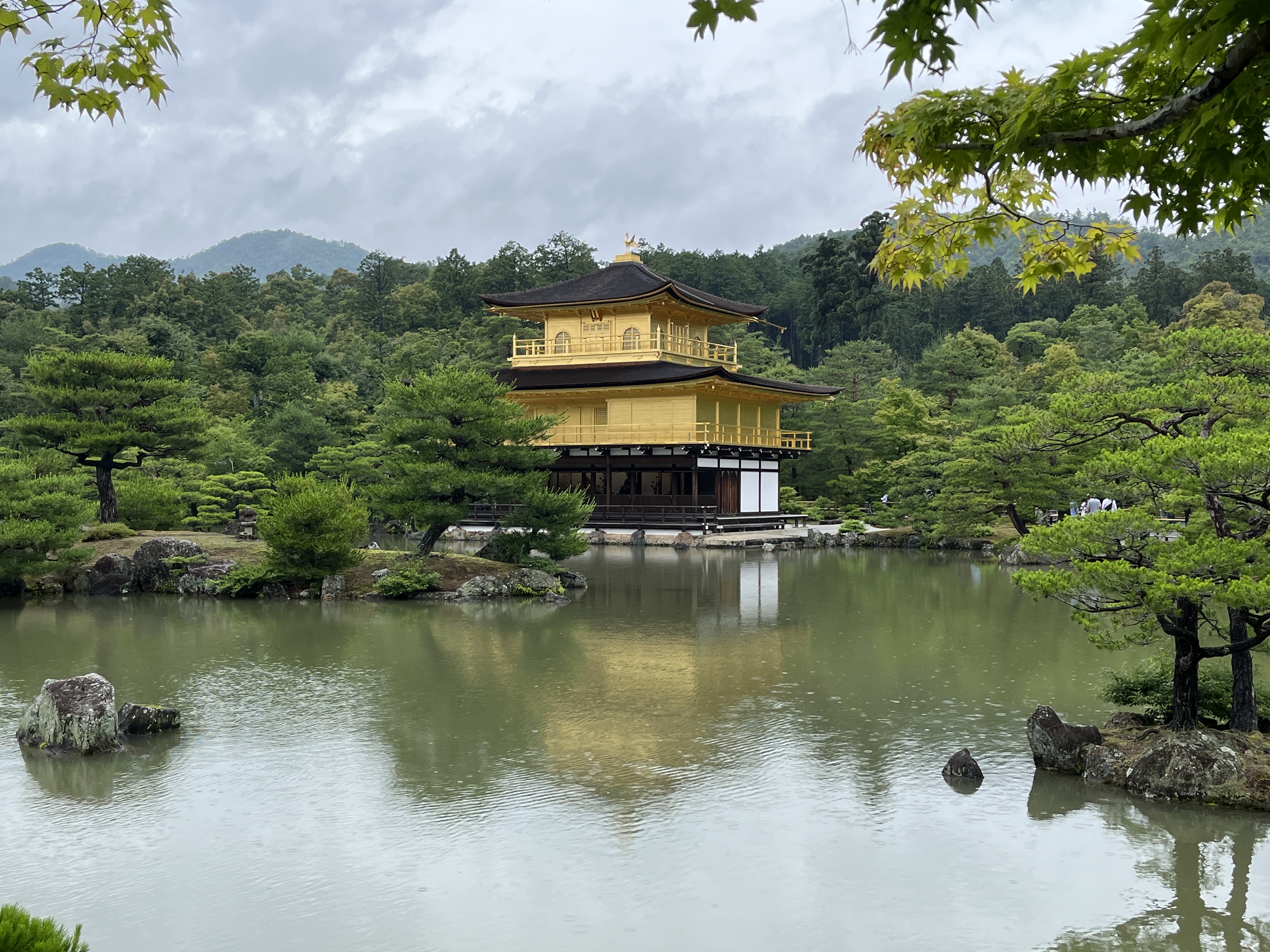Kinkakuji: Kyoto’s Golden Pavilion – The Ultimate Guide for Travelers
Are you planning a trip to Japan and looking for a truly unforgettable experience? Then you can’t miss Kinkakuji – the Golden Pavilion – in Kyoto! This world-famous temple is not only a symbol of Kyoto, but also one of the most beautiful and photogenic places in all of Japan. Whether you’re a history buff, a culture lover, or just want that perfect Instagram shot, Kinkakuji is a must-see.
What is Kinkakuji?
Kinkakuji (金閣寺), officially named Rokuon-ji, is a Zen Buddhist temple in northern Kyoto. Its top two floors are covered in brilliant gold leaf, making it shine in the sunlight and reflect beautifully in the surrounding pond. The temple is set in a stunning Japanese garden, with every view looking like a postcard.

A Brief History
Kinkakuji was originally built in 1397 as a retirement villa for the powerful shogun Ashikaga Yoshimitsu. After his death, it became a Zen temple according to his wishes. The current building is a careful reconstruction from 1955, after the original was destroyed by fire. Despite this, it faithfully preserves the spirit and style of the original, and is now a UNESCO World Heritage Site.
Why is Kinkakuji So Special?
- Golden Beauty: The top two floors are completely covered in gold leaf, which glows in the sun and creates a magical reflection in the Mirror Pond (Kyōkochi).
- Unique Architecture: Each floor is built in a different style: palace, samurai, and Zen temple. A golden phoenix sits on the roof, symbolizing rebirth and peace.
- Stunning Gardens: The surrounding stroll garden is designed for peaceful walks, with carefully placed rocks, trees, and water features.
- Cultural Symbol: Kinkakuji is one of the most recognized images of Japan, appearing in countless photos, movies, and artworks.
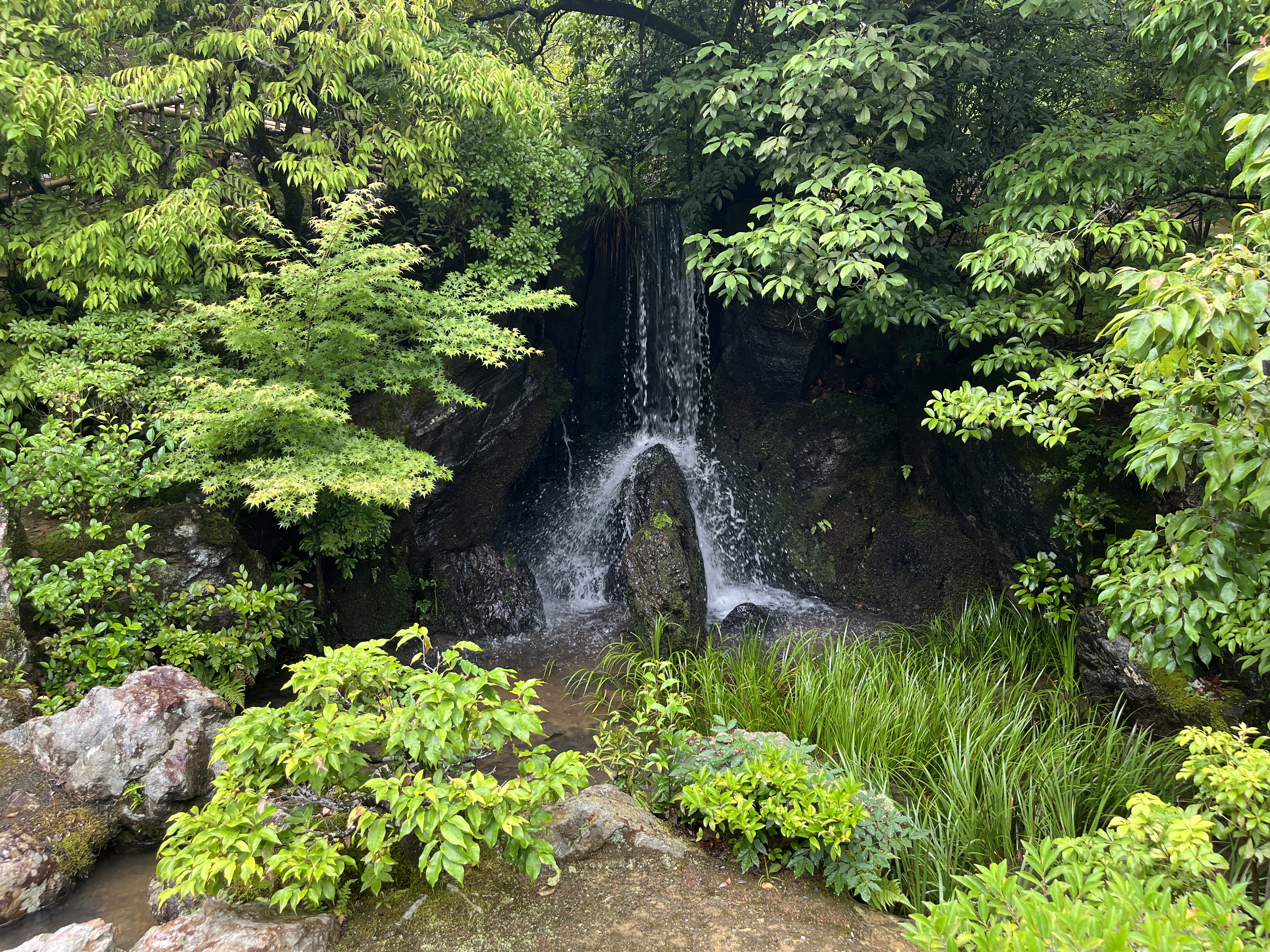
What to See and Do at Kinkakuji
- Admire the Pavilion: The main highlight is viewing the Golden Pavilion from across the pond. The best photos are taken from the main path as you enter.
- Stroll the Gardens: Follow the walking path through beautiful gardens, past small shrines, statues, and scenic viewpoints.
- Fudo-do Hall: Visit this small temple dedicated to Fudo Myo-o, a Buddhist deity known for protection.
- Sekka-tei Tea House: See a traditional tea house, and imagine the peaceful tea ceremonies once held here.
- Buy a Lucky Charm: The temple shop sells omamori (charms) and souvenirs unique to Kinkakuji.
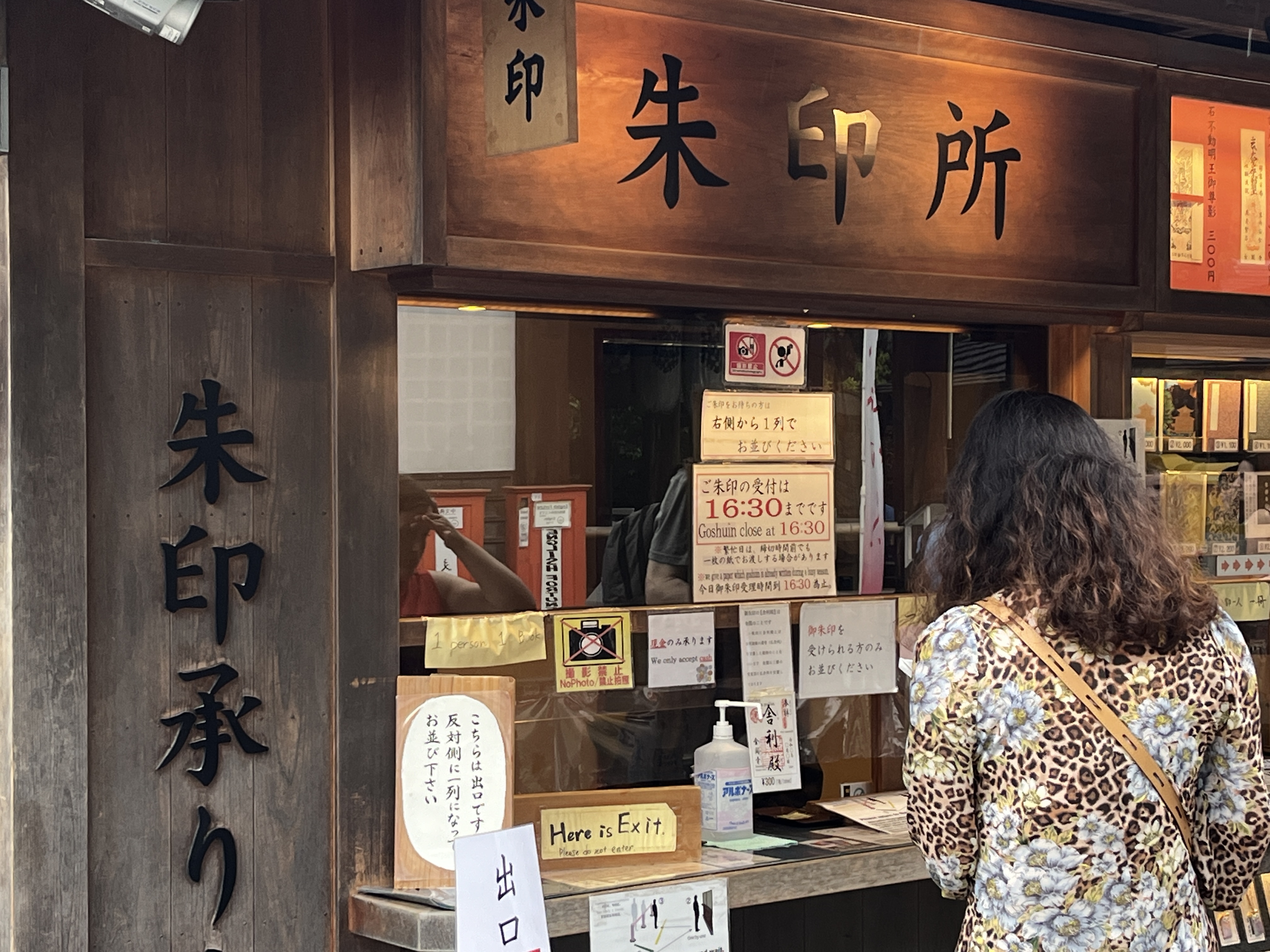
Tips for Your Visit
- Best Time to Visit: Kinkakuji is beautiful in every season. Spring brings cherry blossoms, summer is lush and green, autumn has fiery red leaves, and winter sometimes covers the pavilion in snow. Mornings are usually less crowded.
- Photography: You can take photos of the outside, but not inside the pavilion. Early light or late afternoon gives the best reflections.
- Accessibility: The main path is mostly flat and suitable for wheelchairs and strollers.
- Admission: There is a small entrance fee, which includes a unique paper ticket that looks like a charm.
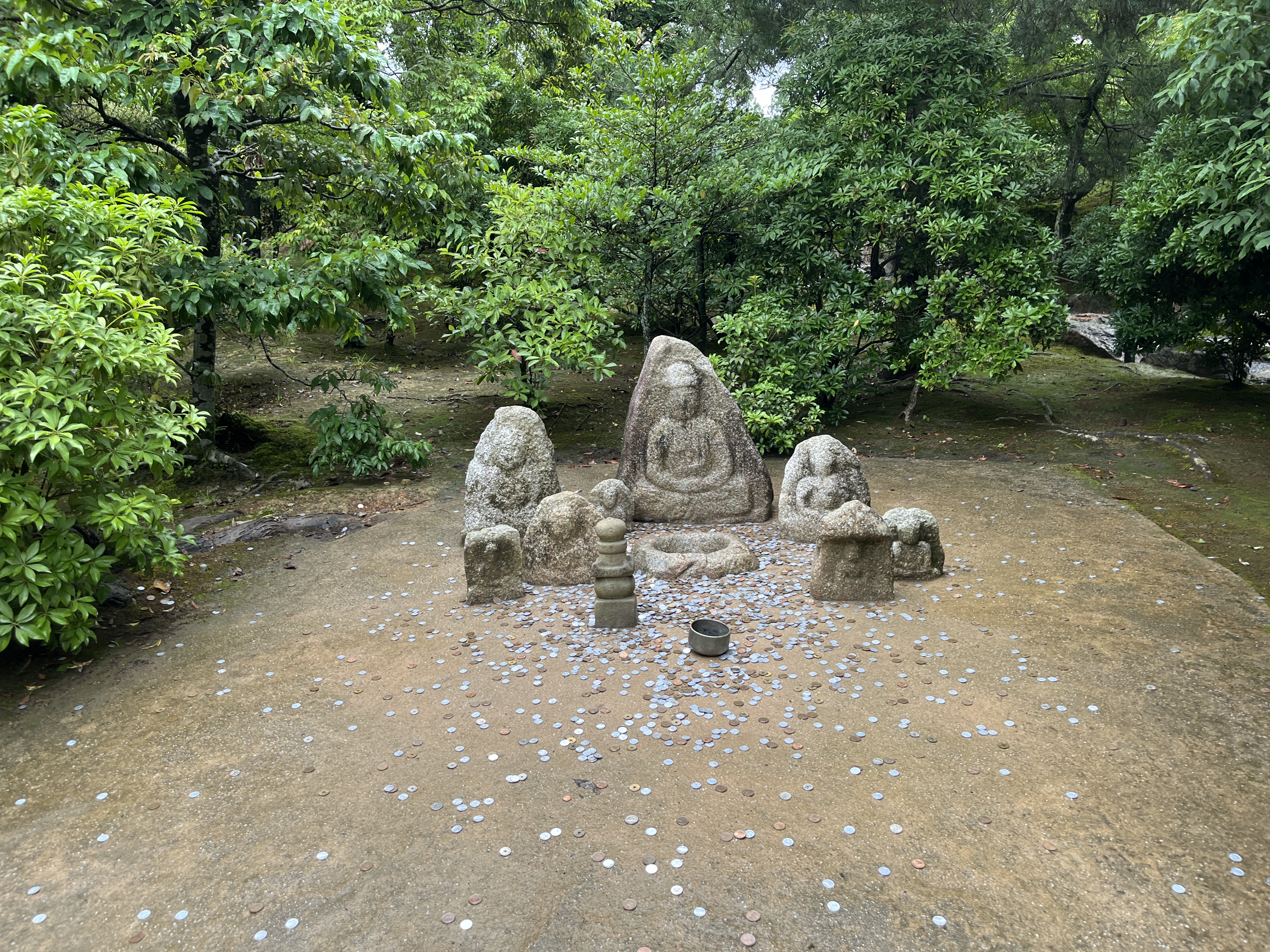
How to Get to Kinkakuji
Kinkakuji is located in northern Kyoto. The easiest way to get there is by bus from Kyoto Station or downtown Kyoto. Look for buses 101 or 205, and get off at Kinkakuji-michi (金閣寺道). From the bus stop, it’s a short walk to the entrance. Taxis are also available and convenient if you’re traveling in a group.
Nearby Attractions
- Ryoanji Temple: Famous for its Zen rock garden, just a 20-minute walk away.
- Ninna-ji Temple: Another UNESCO site with beautiful grounds, especially during cherry blossom season.
- Kitano Tenmangu Shrine: Known for its plum blossoms and monthly flea market.
Frequently Asked Questions (FAQ)
Q: Can you go inside Kinkakuji? A: Visitors cannot enter the pavilion itself, but you can enjoy close-up views from the garden paths.
Q: How long should I spend at Kinkakuji? A: Most visitors spend about 1–1.5 hours exploring the grounds and taking photos.
Q: Is Kinkakuji worth visiting? A: Absolutely! Its beauty and atmosphere make it one of Kyoto’s top attractions.
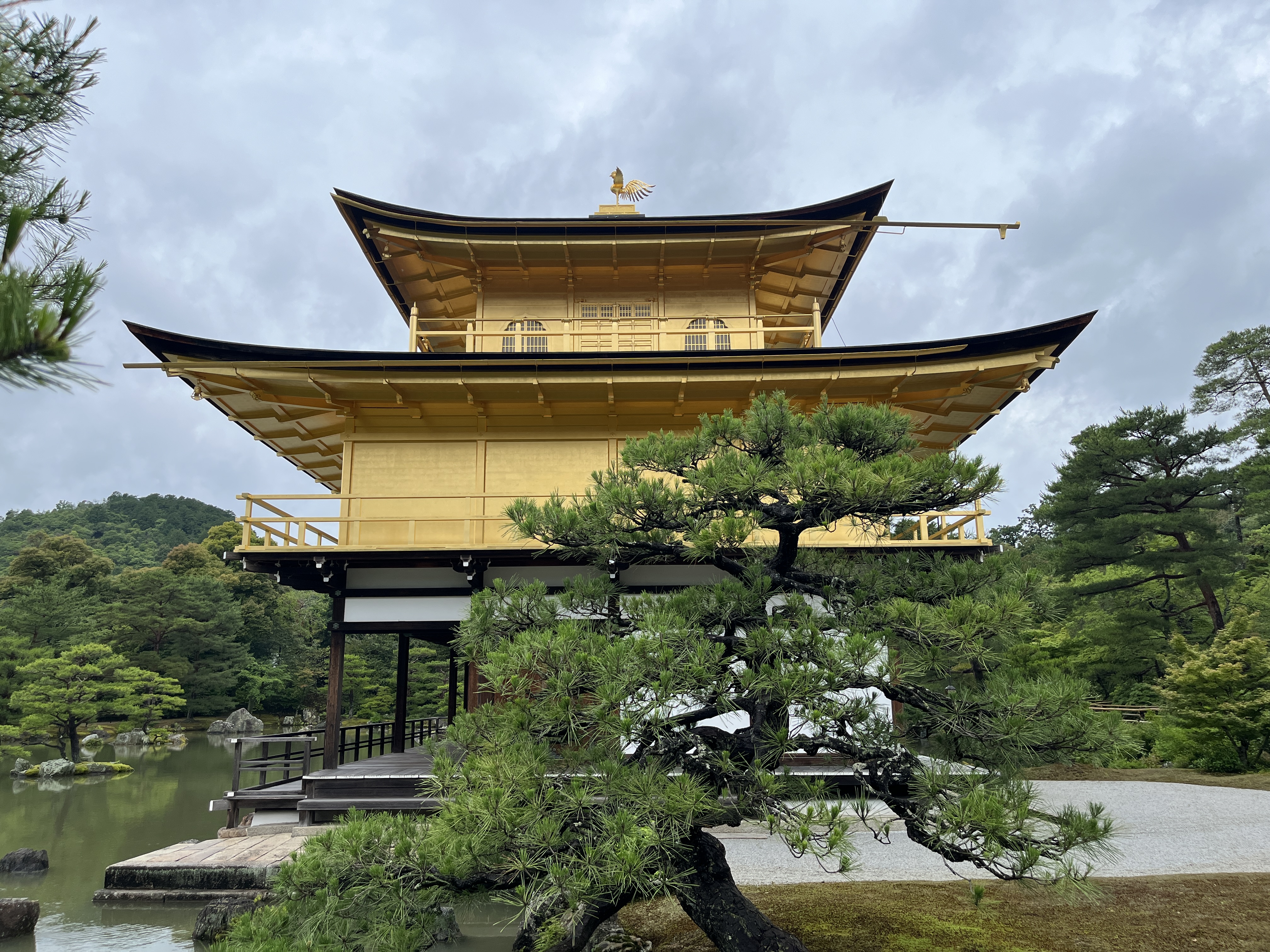
Final Thoughts
Kinkakuji is more than just a temple – it’s a place where history, art, and nature come together in perfect harmony. Whether you’re visiting Kyoto for the first time or returning to see more, the Golden Pavilion will leave you with memories (and photos!) to last a lifetime. Don’t forget to add it to your Japan travel bucket list!
Have you visited Kinkakuji, or do you have questions about planning your trip? Share your thoughts in the comments below!
